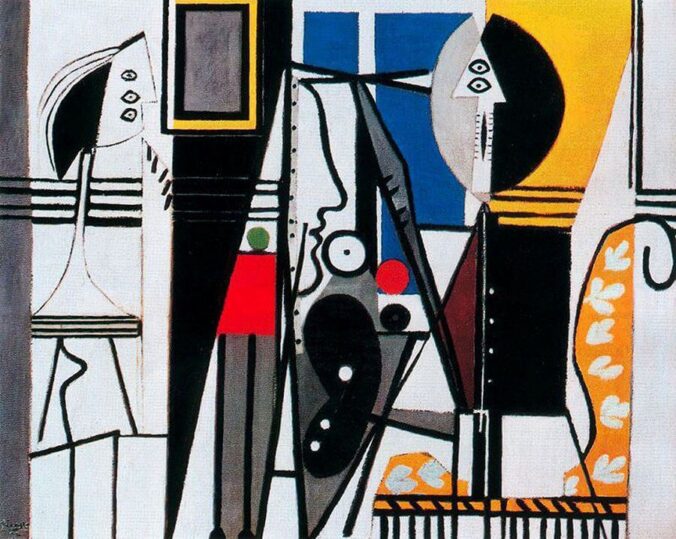The simultaneity of electric communication creates an environment of togetherness for users. By using these media, individuals are irresistibly collectivized through its content. Individuals whose bodies are scattered across the habitable face of the planet get the uncanny sense of being in the same place, creating shared memories in common and, thus, share in common identity. Having traveled together, the result is a tribalism which is called—quite pointedly—mass. Communing in the same shared electric body, mass audiences are the dominant subject of 20th century history: it is the mediums of press, radio, and television which unite the developed world.
The innate sense of belonging, or co-involvement in a group is palpable. And yet today we find that sense of electric interrelation artificially mis-interpreted, pigeonholing our modern tribal identity into statistically-quantifiable, superficial signifiers. The source of our feeling of belonging to a larger group—our sensorium’s work in turning ink and light into imaginary (yet often somewhere/somewhen real) people and objects and spaces—is ignored in favor of means for more-easily identifying and relating to our supposed fellow-tribe members in the flesh. To be in a tribe with everyone is mathematically identical, for all intents and purposes, to being an individual and in no tribe what-so-ever. So tribes are defined in opposition to others. I’m not denying kinship with fellows, but rather stressing how much commonality has to be ignored and taken for granted in order to render in-groups and out-groups sufficiently salient for forming oppositional identity.
It’s a paradox that, just as everyone is becoming more alike than ever before, the differences seem all the more insurmountable. It is because the commonality I’m trying to shed light on—the hours a day spent in out-of-body telecommunion—has picked all the low-hanging fruit. We’re psychically crowded in a project of collective intelligence with only difficult questions remaining, and have created a pervasive common ground so quickly that the disproportions in our fallible, human interpretations of the scene are adding up to angles impossible for perspective. When considering only the content of our media, the juxtaposition of individual views breaks the ratios of comprehensible form.
We all live in the same giant machine, surrounded by mirage and illusion, crafted to carry us from cradle to grave through its well-worn pathways. The path only exists insofar as we are ignorant of its existence within our minds as the interpretations of marks on the wall, signs on paper, or mosaics of flickering, radiant light. Taking in the content, without taking in the machine, tribalizes us into real union with false consciousness of the means or criteria of the binding. To have eyes to see, or ears to hear only the surface of things—what is afforded by the machine—, that is what unifies the masses. It paints the world outside as a giant globe, covered in individuals. But we do not feel it to be so. To get in touch with the truth is to feel the machine, and all its coldness, and all the radical alienation of being an individual torn from the shared hallucination of its electric hearth. And then to get back in touch with humanity is the return to the rest of humanity through and around and over and under the pathways which still are most lead to walk. To see the mass of individuals and the machine within which they travels—figure and ground—both together entails being inscrutable or cubist or mad in return. To see the media which brings them together as what stands and separates individuals, and then to come them together in light of that (rather than through its light), is to afford the mass the means to square their perspectives again.

Leave a Reply